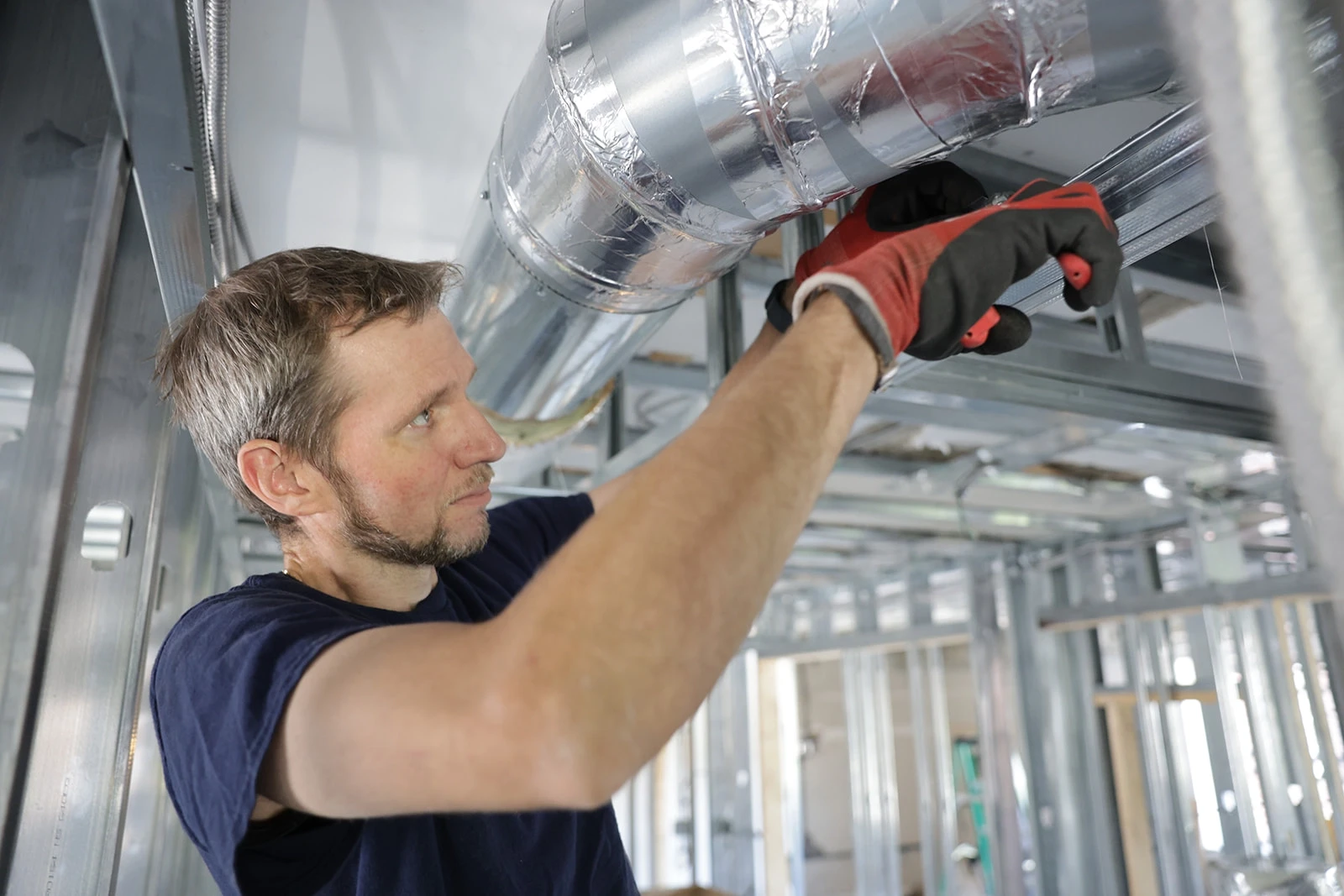Have you ever wondered how the air inside your home gets warm in the winter and cool in the summer? The process of temperature transfer in an HVAC system is fascinating and crucial for maintaining comfort in both homes and businesses. Whether you are a homeowner trying to understand your energy bills or a business aiming to create a comfortable environment, knowing the fundamentals of HVAC temperature transfer can be quite beneficial.

The Basics of HVAC Systems
The Heating, Ventilation, and Air Conditioning (HVAC) system is a technology designed to regulate the environment within buildings. It’s engineered to realize a balance between heating and cooling, providing comfort to occupants. The primary mechanism at work here is temperature transfer, which can be a rather complex process.
Key Components of HVAC Systems
The HVAC system is composed of several major components, including the furnace, air conditioner, ducts, and various sensors and controls. Each component plays a significant role in transferring heat from one area to another efficiently. You can learn more about the intricate workings of these components by exploring how HVAC systems work.
How Does Temperature Transfer Work?
In essence, temperature transfer in an HVAC system involves moving heat from one location to another. In the summer, the system extracts warm air from inside a building and releases it outdoors, while in the winter, it draws heat from outside and moves it indoors. This movement is achieved through mechanisms like conduction, convection, and radiation.
Conduction
Conduction is the process by which heat is directly transmitted through a material when there is a difference of temperature between adjoining regions, without movement of the material. Air filters and ducts often utilize this method to ensure consistent temperature distribution throughout a space.
Convection
Convection involves the transfer of heat by the movement of fluids or gases. In an HVAC system, convection is used to circulate air or fluid within the system, distributing heat evenly within the building. This is essential for maintaining a uniform temperature.
Radiation
Lastly, radiation refers to the emission of energy as electromagnetic waves. This is less common in HVAC systems but still plays a role in how heat is absorbed and emitted by various components of the system.
The Technology Behind HVAC Systems
Modern HVAC systems have introduced advanced technology that optimizes temperature transfer processes. Such technologies ensure systems operate efficiently, minimizing energy consumption while maintaining comfort. To dive deeper into the technology advancements, check out the [Energy Department’s HVAC solutions](https://rpsc.energy.gov/tech-solutions/hvac) Department of Energy on HVAC systems.
Choosing the Right HVAC System for Your Needs
Several factors come into play when selecting an HVAC system, including climate, building size, and budget. It’s crucial to consider these elements to ensure the system meets your specific needs for temperature transfer and energy efficiency. To find out more about selecting the ideal system, consider checking different approaches on [Energy Efficient HVAC systems](https://skycleanair.com/what-is-the-most-energy-efficient-heating-ventilation-and-air-conditioning-hvac-system-3/) for further insights.
Considerations for Homeowners
Homeowners should look at factors like the size of their homes, the type of insulation used, and existing ductwork when choosing an HVAC system. It’s also wise to stick with energy-efficient models to reduce utility bills while keeping your home comfortable.
Business Needs
For businesses, the focus may be on scale and adaptability. Larger buildings necessitate more powerful systems capable of handling greater air volume and more frequent need for temperature regulation. Efficient temperature transfer ensures a comfortable environment conducive to productivity and client satisfaction.
Conclusion
Understanding how does temperature transfer in an HVAC system can seem complicated. However, by grasping the principles of conduction, convection, and radiation, we can appreciate how these systems work to create the ideal indoor environment. Whether youre dealing with the chill of winter or the heat of summer, your HVAC system works tirelessly to ensure comfort.

Frequently Asked Questions
- How does an HVAC system maintain efficiency?
Regular maintenance, such as cleaning ducts and replacing filters, ensures that an HVAC system operates efficiently, reducing energy consumption and extending the unit’s lifespan. - What is the role of ducts in temperature transfer?
Ducts distribute air consistently across the building, utilizing conduction to aid in efficient temperature transfer. - Can I upgrade my existing HVAC system?
Yes, many systems allow for upgrades. Components like smart thermostats can be added to enhance efficiency without a complete overhaul. Consider looking into cost-effective ways to upgrade your existing setup.
This article contains affiliate links. We may earn a commission at no extra cost to you.






